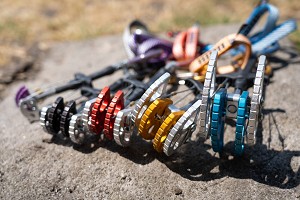
In 2015 Rob Greenwood reviewed the Totem Cams. It was a glowing review as the Totems really are an impressive bit of kit which perform excellently whilst providing something distinctly different to the current homogenous line-up of the mainstream cams - better than a conventional cam both in terms of increased holding power and decreased head width. Two new sizes have now been added to the roster, at opposite ends of the scale: Black (very small) and Orange (very big). This review focuses on these two new sizes and how they fit in to the Totem range.
N.B for general comments on the Totem cams plus the technical info on their holding power please refer to Rob's review:
The Black Totem
The Black Totem (size 0.5), with all the ominous connotations that its name conjures up is exactly that: a secret weapon. This little beauty is small enough to fit in some tiny placements but at the same time has the same build as the larger Totem cam sizes. As a result you know you're getting all of the lovely holding power and flexibility which may be sacrificed when using a dedicated micro cam.
The Black Totem has a range of 11.7-18.9mm, a strength of 6 KN and weighs just 69g. It feels smaller, and fits into placements that are significantly smaller, than the Blue Totem (the next size up). Like the rest of the Totems it has a very narrow head width - narrower in fact than many micro cams. Its size makes it a brilliant option for protecting climbing with cracks so thin or so narrow that they wouldn't take a larger cam, or using it to back up other more regular pieces of gear: an 'oh sh!t' piece of gear to put it politely.
I can personally attest to the brilliance of the Black Totem: halfway up Darkinbad the Brightdayler (E5 6a), still drying out after a rain shower and run out on some small crimps I'm gawping like a fish out of water. Everything would be much nicer with a solid piece of gear but there's just nothing available. After a few minutes of up and downing I look down to my waist and spot it: the perfect Black Totem placement. Nothing else would have fitted, and with renewed confidence I could press on...
The Black Totem is small and light enough that every climber can make use of one on their rack. Whether you're climbing VS or E9 it's always handy to have a small piece of kit which you can rely on to fit in quirky placements: the secret weapon.
The Orange Totem
The Orange Totem (size 1.8) supplements the range by adding a size equivalent to the gold Dragon and Camalot cams. This size is definitely one my favourite and most used cam sizes so it's good to have the option to use a Totem cam of this size in placements where the Totems outperform conventional cams (like slippery limestone breaks).
Orange has a range of 39.7-64.2mm, a strength of 13 kN and weighs just 144 grams. These stats are fairly similar to those of its more conventional counterparts but its headwith is significantly narrower, giving more placement options. There are a couple of issues with the Orange Totem, however. As the lobes of the Orange Totem are larger than those of the other Totems it has a heavier head and in conjunction with the lack of a stem this can sometimes lead to a wobbly cam (and by extension a wobbly climber) when you're placing it. The weight of the head makes the extremely flexible non-conventional stem bend slightly when you're pulling the lobes of the cam and this can be annoying when you're trying to place the cam with an extended arm; imagine trying to touch a point on a wall with a stick but every time you get close the stick flops down at the last minute.
In addition the independently moving lobes of the Totem Cams, which are usually a blessing, can be a bit of a curse with the Orange Totem. Often one lobe becomes out of alignment with the others, making the cam tricky to place. Once the Orange Totem is in its placement it sticks there as beautifully as the rest of the range and the non-conventional stem is as amazingly flexible. However, because its bendy nature makes it a bit trickier to place - particularly annoying when pumped - I have found myself racking a more conventional, stiffer cam on most rock types... unless I know that I need the extra holding power of the Orange Totem.
General Observations
Whilst Rob has done an excellent job of assessing the qualities of the Totem Cam range in his review I thought I'd add a few more comments here as an avid user of the Totems over the last four years.
Totem Cams are brilliant due to a number of innovations but the main two for me are their increased holding power and their reduced head width. The increased holding power makes them much more likely to hold in a placement which lacks friction - Peak and Clwyd limestone spring to mind - and as such will always take priority on my rack over a conventional cam for those rock types. The narrow head width means they'll fit a lot more placements as they can fit into narrower cracks and pockets (features which often occur on the aforementioned limestone). Since I've had Totem cams there have been many placements which a conventional cam just wouldn't have fitted, or at least wouldn't have fit so securely.
Increased holding power and narrower head width obviously increase the Totem's ability to fit in to a placement and to hold a fall once it's placed. However, they also increase another much less tangible asset: confidence. As I know that Totem cams are more likely to hold they make me feel more confident and as such I can climb more comfortably. In my experience confidence is one of the leading factors in trad climbing well, and so if the Totem Cams facilitate feeling confident then that's a huge benefit! (Obviously this applies to other things which increase confidence too, but the Totem cams certainly do).
The narrow head width and differences in range and sizing compared to conventional cams also make the Totems a great choice when double racking. When climbing in Wadi Rum earlier this year we carried a double rack of cams on every pitch. Having both the Totems and a set of Dragons meant that our cams covered a larger range of sizes and placements.
Downsides?
There are also a few observations I've made over my years of using Totems which aren't in their favour. Firstly, extendable slings: this might be a matter of preference but I think I've worked out mine. Extendable slings are great because they mean you generally have to carry fewer quickdraws and, when extending your cam, you only have to reach back to your harness once (to get the cam) rather than twice (to get the quickdraw). This is much appreciated on long routes and so for rockypes on which the extra holding power of the Totem cams isn't necessary, for example on Gogarth, I think cams with extendable slings are the way to go. Totems have fixed slings.
I have also found that the lobes on Totems can often be a bit 'grindy', not moving as freely and as slickly as the lobes on a more conventional cam. This can make them a bit more difficult to squeeze in order to place and doesn't inspire confidence in their smooth operation, although I'm not sure if it actually affects their holding power. I have also once had an issue with a Totem whereby one set of lobes didn't move at all. The pin (technical term) which runs through the middle, like an axel, had been displaced and was restricting the lobes' movement - it needed a needed a firm whack to get it back into place.
Back to Basics
Finally, a quick word on the Totem Basics. The Basics are the micro-cam versions of the Totems, available in overlapping sizes to the smaller cams, and then smaller sizes again for micro placements. I only own one myself for the sole reason that they're not available to buy anywhere and unfortunately it looks like they won't be for the foreseeable future. Their UK distributor informs me that Totem are a small co-operative company and, as a result of them being a co-operative, it is difficult for them to take outside investment. The machine used to manufacture the Basics has broken and they can't afford to buy a new one. Plus they're all climbers at heart and are happy to maintain a healthy climbing:working balance and so they aren't too fussed!
Summary
All in all the Black and Orange Totems are excellent additions to the Totem range. The Black Totem is a personal favourite and I almost always carry it due to its size. The Orange Totem is slightly held back by the non-conventional stem which makes it harder to place, although it still has a place on your rack when climbing rock without much friction or if you need the narrow head width.
Totem say:
The Totem Cam offers an extraordinary holding power and unique capabilities with the patented Direct Loading system. Exclusive design which features everything you require of a cam for all-around use with extended capabilities. Technology that is pushing the clean climbing limits.
- Superb holding power with the exclusive Direct Loading system
- The narrowest head width on small sizes
- Loadable on just two lobes. Read the Instructions For Use!
- Less walking due to strong springs and good flexibility
- Smoother to remove
- Easy handling even with hand gloves
- Good expansion range (1.64:1)
- Light and durable
- NB. No passive strength
For more info see totem.com




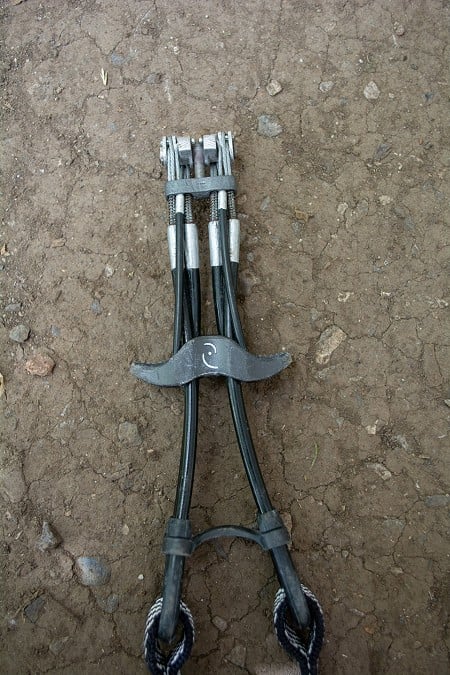
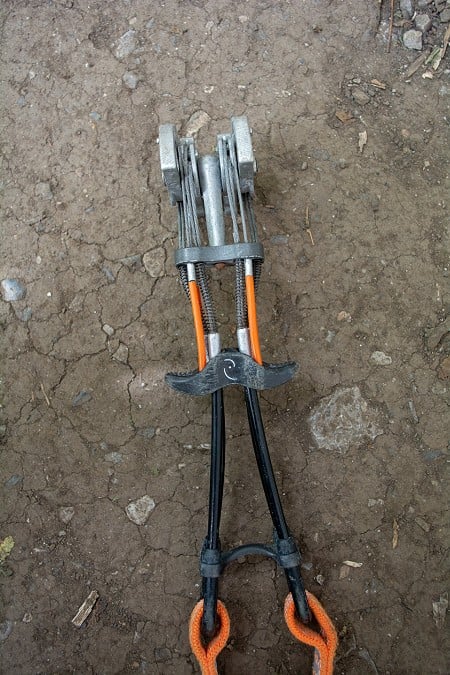

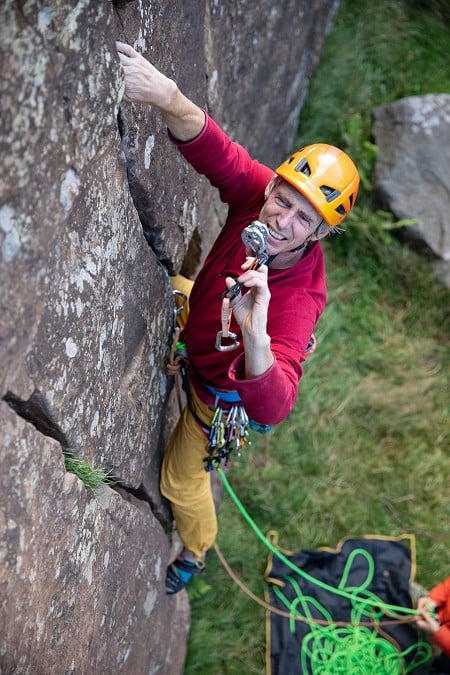
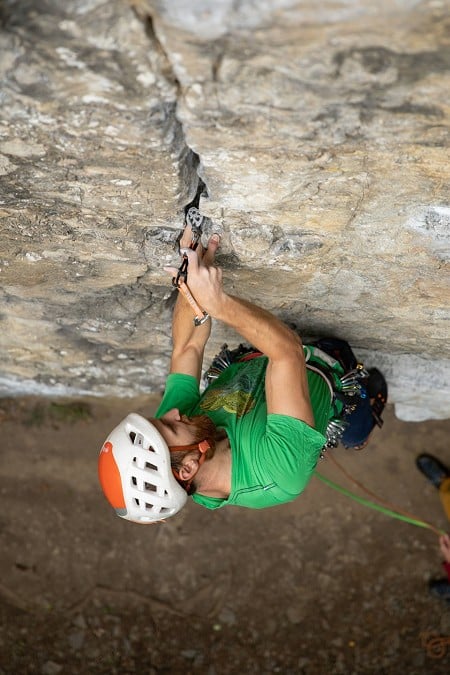
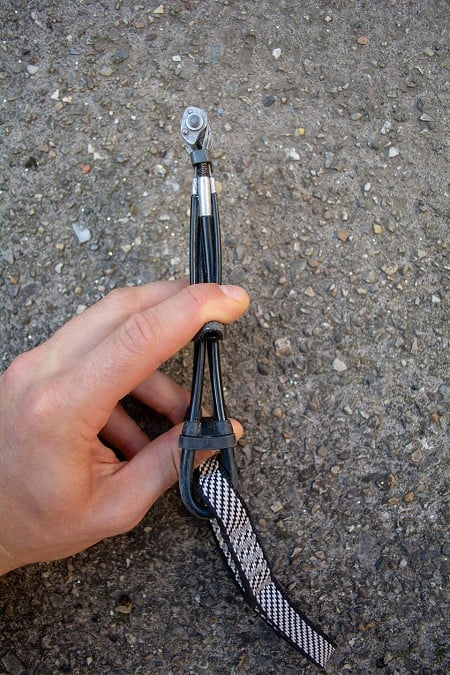
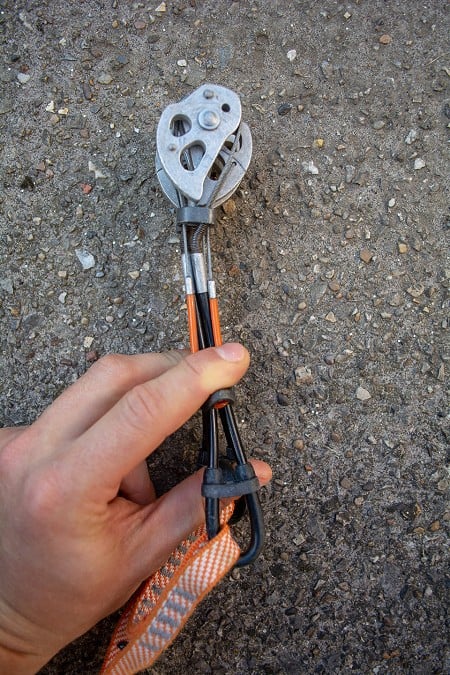


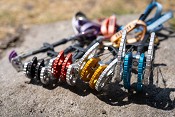
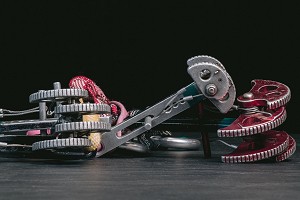

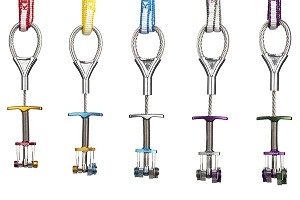
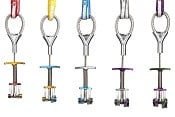
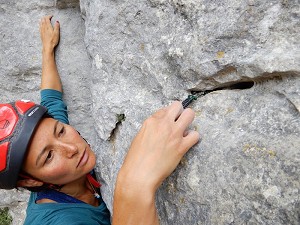
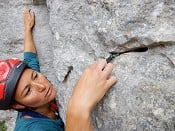
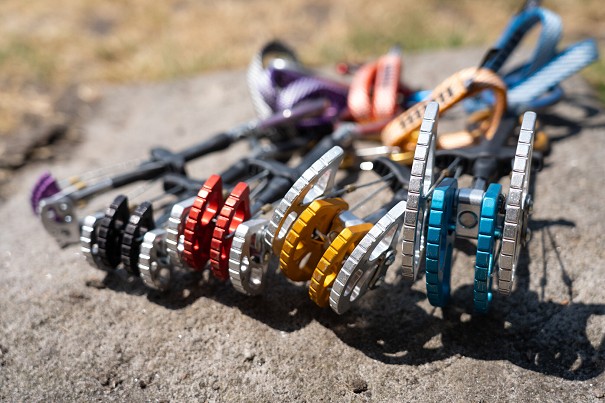

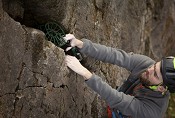
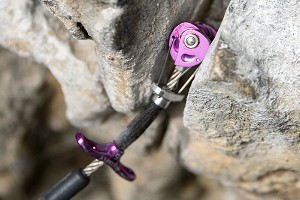

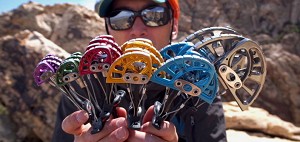

Comments
I swear these have been on the market since 2015/2016 too? As that's when my uni club bought both orange and black?
Good review but someone in Outside mentioned (some time back) that the slightly elongated cams, which give the totems a greater range, make them possibly less secure in a shallow placement because the point of 'bite' would be a little further down towards the trigger end than a conventional cam. i.e. closer to the outer edge of a shallow placement/break. Havent used them myself but would be interested to hear any comments in this respect from people who have used / compared them. Perhaps not a significant issue.
I couldn't comment on the technical justification for that thinking (because I don't really understand it!) but I've found the Totems to hold well in shallow placements, at least as good as or better than other cams I've used.
They have indeed been available for a while but weren't available when Rob wrote the original Totem review, hence the new review.
I don't pretend to understand the technicalities and I don't own any Totems, mainly because I have a fairly new set of Dragons, but I have used them on a shared rack. I have to say that I found them very reassuring. They seemed to sit very solidy in cracks and pockets and tbh after using them I rather regretted getting my shiny new Dragons. That said, happily I did not test them in anger but my impression of them was very favorable